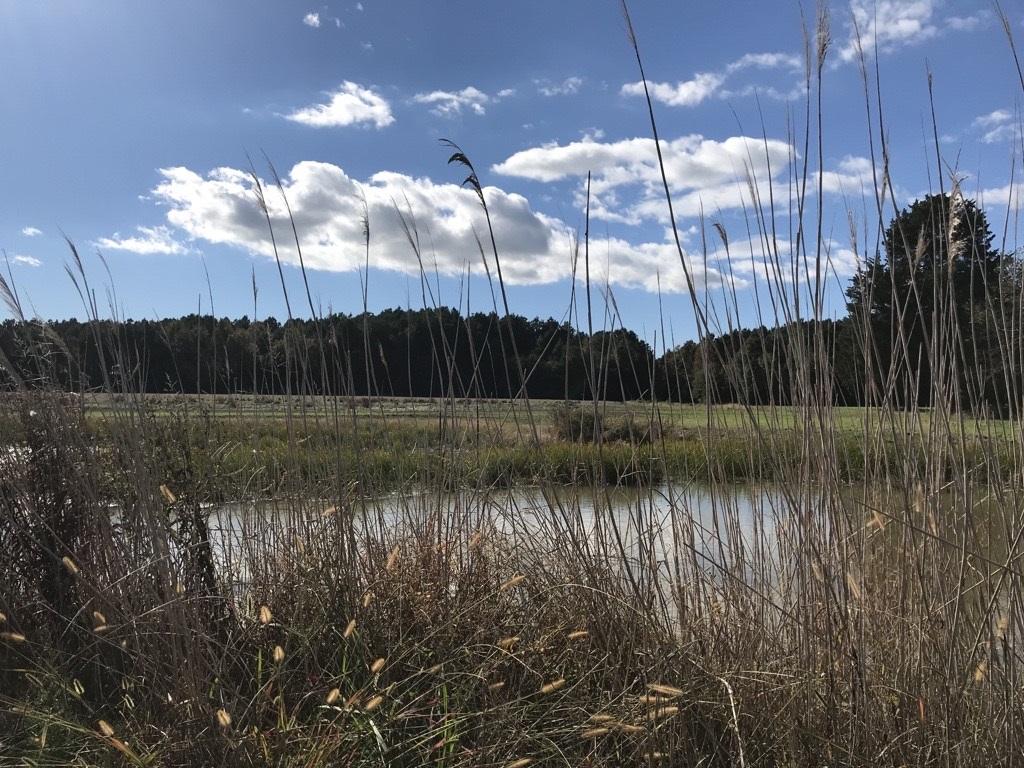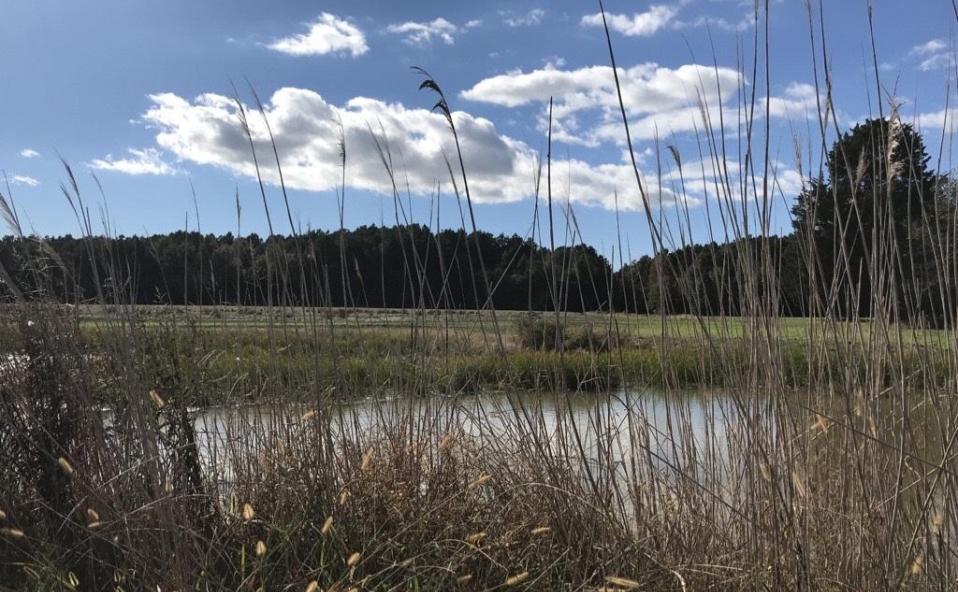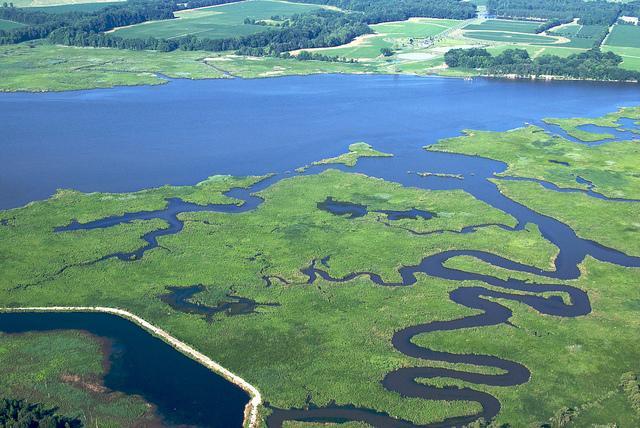The U.S. Department of Agriculture (USDA) is accepting applications from agricultural producers and forest landowners in STATE for the Agricultural Conservation Easement Program (ACEP), which helps producers enroll wetlands, grasslands and farmlands into conservation easements.
While USDA’s Natural Resources Conservation Service (NRCS) accepts ACEP applications year-round, Maryland producers and landowners should apply by Feb. 18, 2022, to be considered for funding in the current cycle. Applications received after the ranking date will automatically be considered during the next funding cycle. Funding is provided through a competitive process.
State Technical Committees, composed of conservation and agricultural-related agency and organization representatives, work with NRCS to identify resource priorities and how best to address them. NRCS then sets state-specific ranking dates to evaluate applications for funding that account for producer needs, staff workload and ensure potential participants have ample opportunities to apply.
 ACEP enrollment options include:
ACEP enrollment options include:
ACEP-Wetland Reserve Easements (WRE): Helps restore, protect and enhance wetlands on eligible land. Wetland reserve easements are either perpetual, 30-years, or maximum duration under state law, or 30-year contracts (for Indian Tribes).
ACEP-Agricultural Land Easements (ALE): Protects farmlands and grasslands by limiting non-agricultural uses of the land. Agricultural Land Easements are either perpetual or the maximum duration allowed under State law.
“Conservation easements help farmers protect valuable agricultural lands from development or protect and restore previously drained wetlands to their natural conditions,” NRCS Maryland easement program manager M. Tiffany Davis said. “These easements are improving wildlife habitat and water quality in the Chesapeake Bay Watershed.”
To learn more or apply, please visit your local NRCS Maryland field office, or contact Davis at [email protected] or 443-482-2950.
For more information about conservation planning and programs, or to find your local USDA service center, visit www.md.nrcs.usda.gov.
USDA is an equal opportunity provider, employer and lender. To file a complaint of discrimination, write: USDA, Director, Office of Civil Rights, 1400 Independence Ave., S.W., Washington, D.C. 20250-9410 or call (800) 795-3272 (voice) or (202) 720-6382 (TDD).


